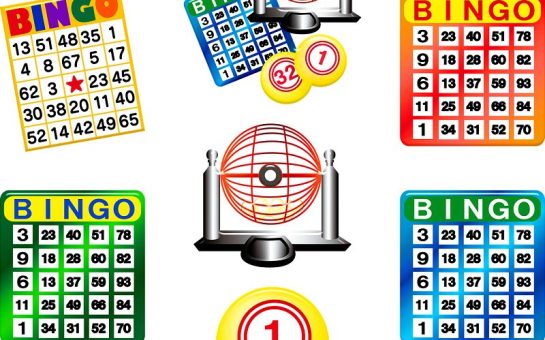Many things can lay claim to being part of the culture in the United Kingdom, but very few have a 500-year history to back them up.
That point is even more pertinent where entertainment activities are concerned, with changes in public tastes creating an ever-evolving landscape.
However, bingo undoubtedly bucks that particular trend, having firmly embedded itself into UK culture since finding its way to these shores.
The game was first popularised in mainland Europe, before crossing into the UK and United States during the early part of the 1900s.
Restrictive gambling regulations meant that bingo was an underground pastime for the first half of the 20th century, but things changed thereafter.
The introduction of new betting legislation at the start of the 1960s sparked a boom in bingo that continued apace over the next few decades.
The industry hit the buffers around the turn of the millennium, with changes in consumer habits, taxation issues and the smoking ban hitting the sector hard.
Advancements in technology saved bingo, providing operators with the tools they needed to reinvent the iconic game online.
Read on as we take a closer look at how bingo became part of the country’s culture and why millions of people now prefer to play at UK bingo sites rather than land-based venues.
The roots of commercial bingo
After finding favour with players across Europe, bingo worked its way to the UK during the early 1900s and soon took off.
Despite the reticence of successive governments to support gambling, the game was played regularly in towns and cities across the country.
It proved to be particularly popular in working men’s clubs, while Royal British Legion and other ex-services clubs also embraced bingo.
In the run-up to World War II, the Metropolitan Police attempted to clamp down on commercial bingo by pursing prosecutions against organisers of the game.
As people attempted to rebuild their lives after the war bingo became even more popular, forcing the government to rethink its gambling strategy.
New legislation changes the landscape
The introduction of the Betting and Gaming Act 1960 was the catalyst for a huge boom in the number of land-based bingo venues across the UK.
Many cinemas and dance halls were quickly converted to cash in the public thirst for bingo, which continued apace up to the 1990s.
Every town and city across the land had at least one brick-and-mortar bingo venue as the game became the UK’s main entertainment activity.
Around 475,000 people per day were playing bingo in the UK at its height, but things began to change around the turn of the millennium.
With bingo struggling to shake off its working class image, the industry appeared to be in danger of going down the pan.
Technology saves the day

Taxation issues and the smoking ban also contributed to the demise of bingo, forcing hundreds of land-based venues to close their doors.
Technology proved to be an unlikely saviour for bingo, with the internet providing a platform for gambling operators to launch the game online.
While the earliest sites were extremely basic affairs, their popularity demonstrated that bingo could regain its status as a cultural icon in the UK.
Advancements in technology transformed the online offering, allowing bingo firms to develop immersive sites that kept players engaged for hours on end.
Improved broadband capabilities also contributed to bingo’s resurgence, but the biggest development was still to come.
The mobile bingo phenomenon
Much like Filofax personal organisers in the early 1980s, mobile phones have become part and parcel of daily life in the UK.
Most people would be lost without their mobile device – a point perfectly highlighted by the amount of time spent using them.
Research has shown that people use their smartphone an average of four hours per day and the figure has been forecast to increase over the next few years.
Bingo operators have expertly leveraged this to their advantage, targeting much of their marketing activities towards mobile users.
This has attracted a new demographic to online bingo, helping to establish an industry that is reportedly worth around $2 billion globally.
Tapping into bingo’s social element
Bingo’s popularity during the second half of the 20th century can largely be attributed to its ability to provide people with a platform to socialise.
Families or friends would regularly meet up in bingo halls and other venues where the game was played to enjoy nights out together.
Online bingo operators have expertly leveraged this to their advantage by incorporating chatroom facilities alongside all the games on their sites.
By using the latest instant messaging software, players can recreate the experience of playing in a brick-and-mortar venue in a digital environment.
This has contributed massively to bingo regaining its place in UK culture, and this is unlikely to change for the foreseeable future.
How bingo will stay culturally relevant?
Having bounced back from adversity over the past couple of decades, bingo is well-placed to continue its upward trajectory over the coming years.
As technology evolves, bingo operators will have more tools at their disposal to create even more immersive bingo experiences.
Game combinations such as Bingo Roulette and Slingo have already made their mark, and more innovations of this type are expected in the future.
Virtual reality (VR) technology has also been widely tipped to have a major impact on bingo now the associated hardware is capable of supporting iGaming.
VR may well become commonplace in bingo over the next decade, but it is unlikely to be the last development to be introduced in the industry.
Photo credit: Pexels



